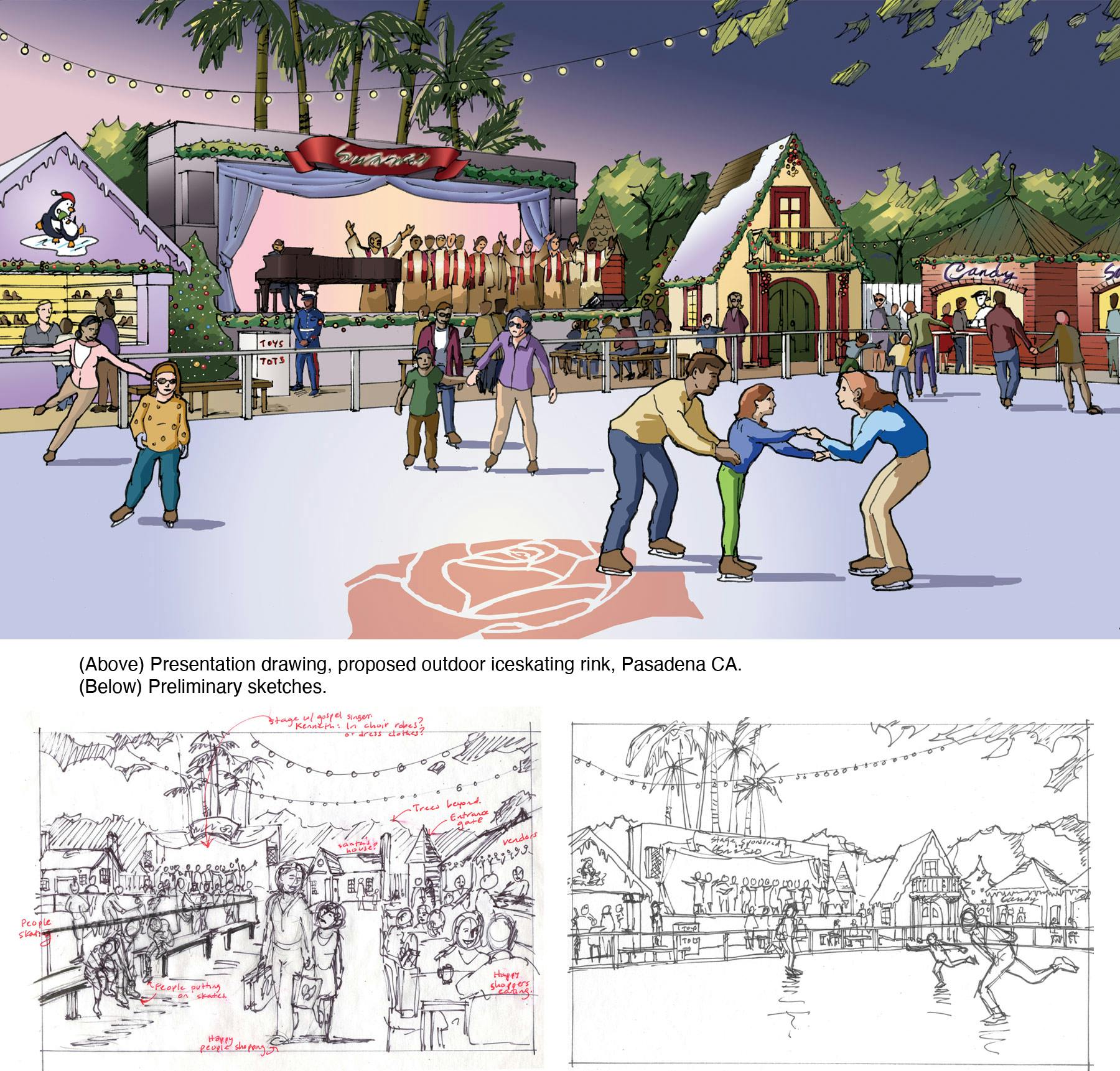
Darren Kiner
3D
Project Manager
Visual Effects
Director
Creative Director
Art Director
Writer

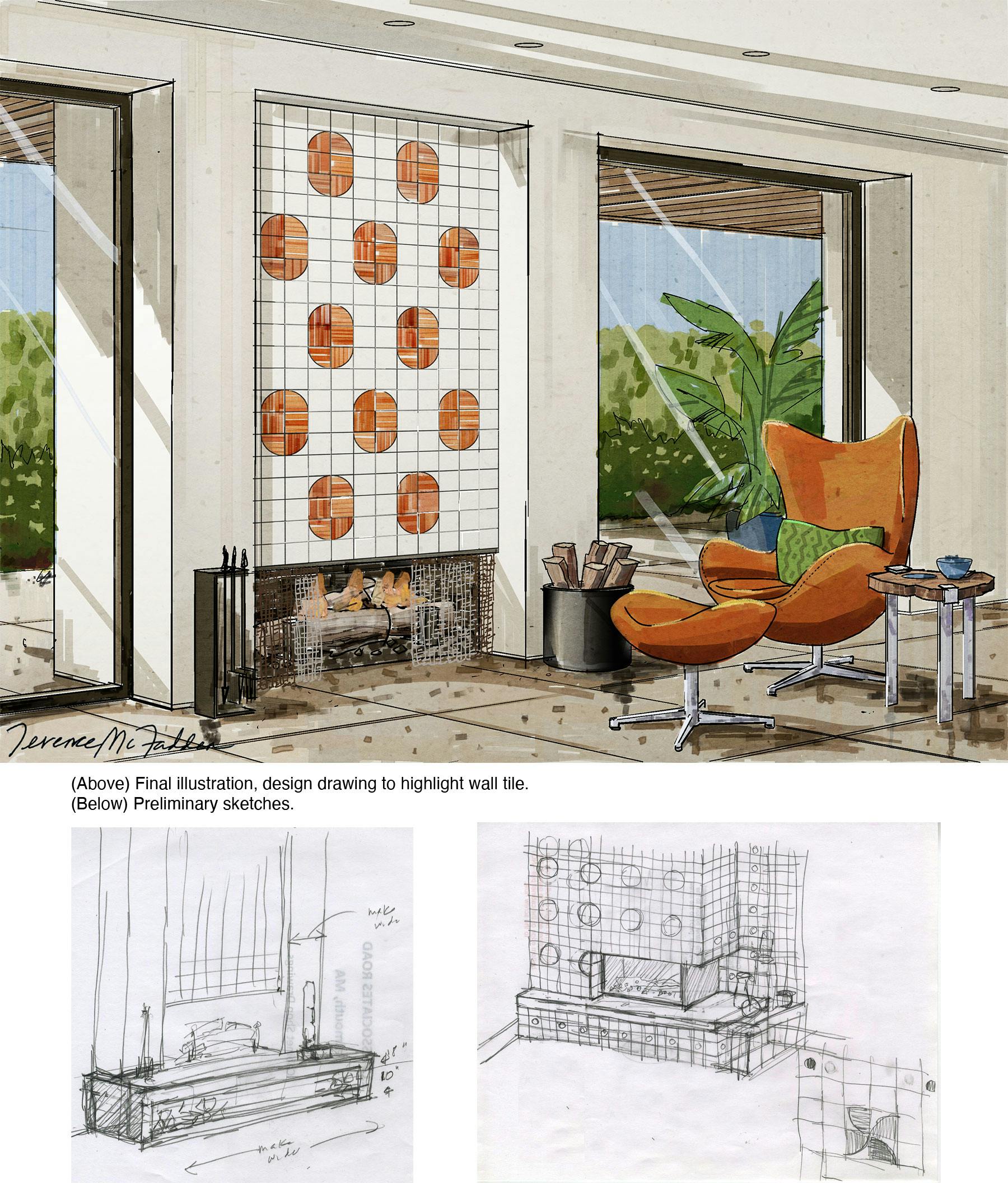
I bring a true sense of physicality and perspective. My background is in architecture and interior design. Whether I draw interior or exterior spaces, my drawings always feel real, as if the backgrounds and the objects had weight and dimension.
Additionally, I bring a warm, traditional vibe to my drawings. Even though I use a computer, the final product looks as if it had been done by hand using pencils, watercolor paints, or color markers.
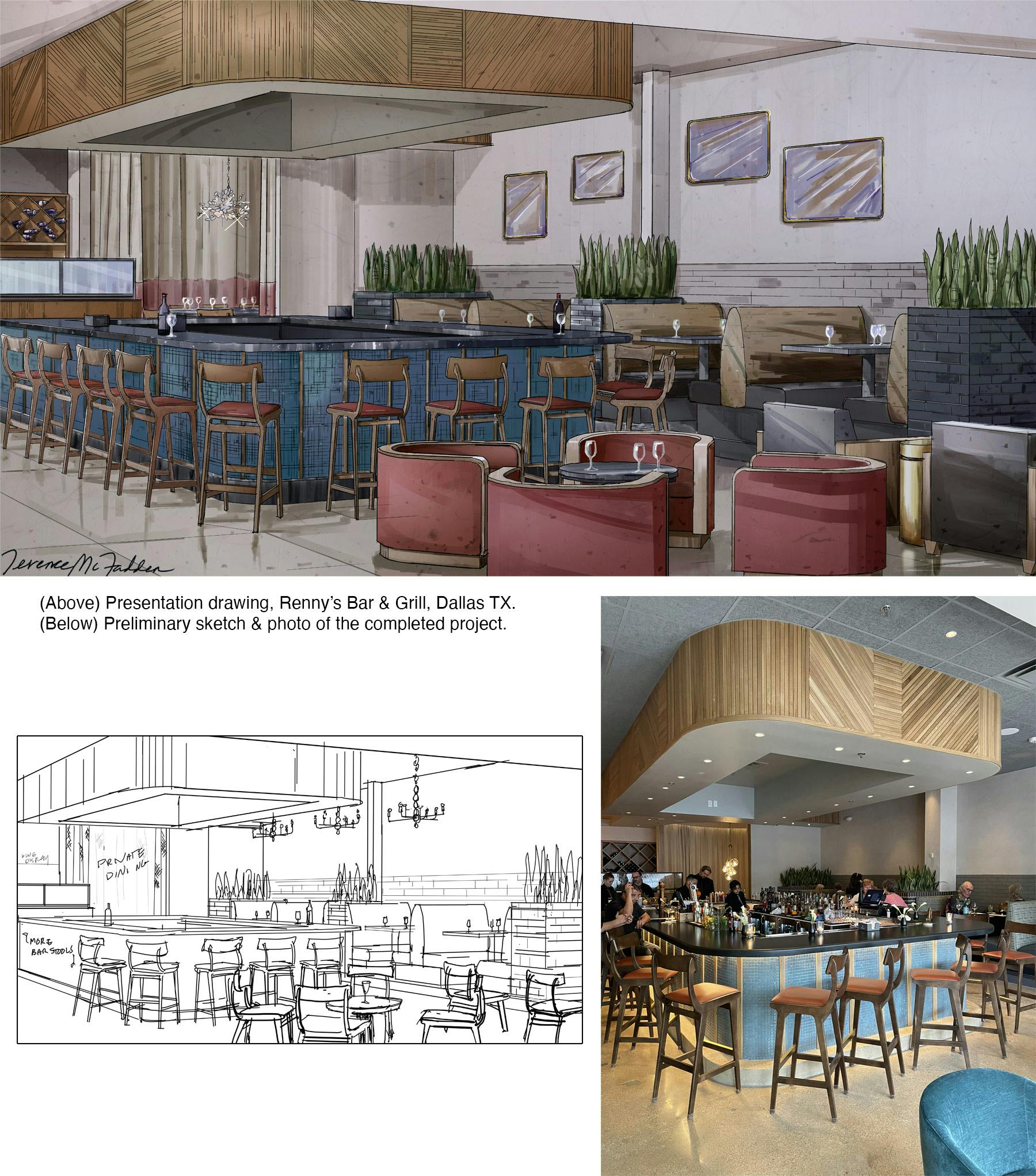

Once the team has defined the project goals, I’ll start my preliminary sketches, either on my iPad or with pencil and paper. Many of the samples I present here show these sketches. Then I review these early conceptual drawings with the project team either in person, by email or through Slack.
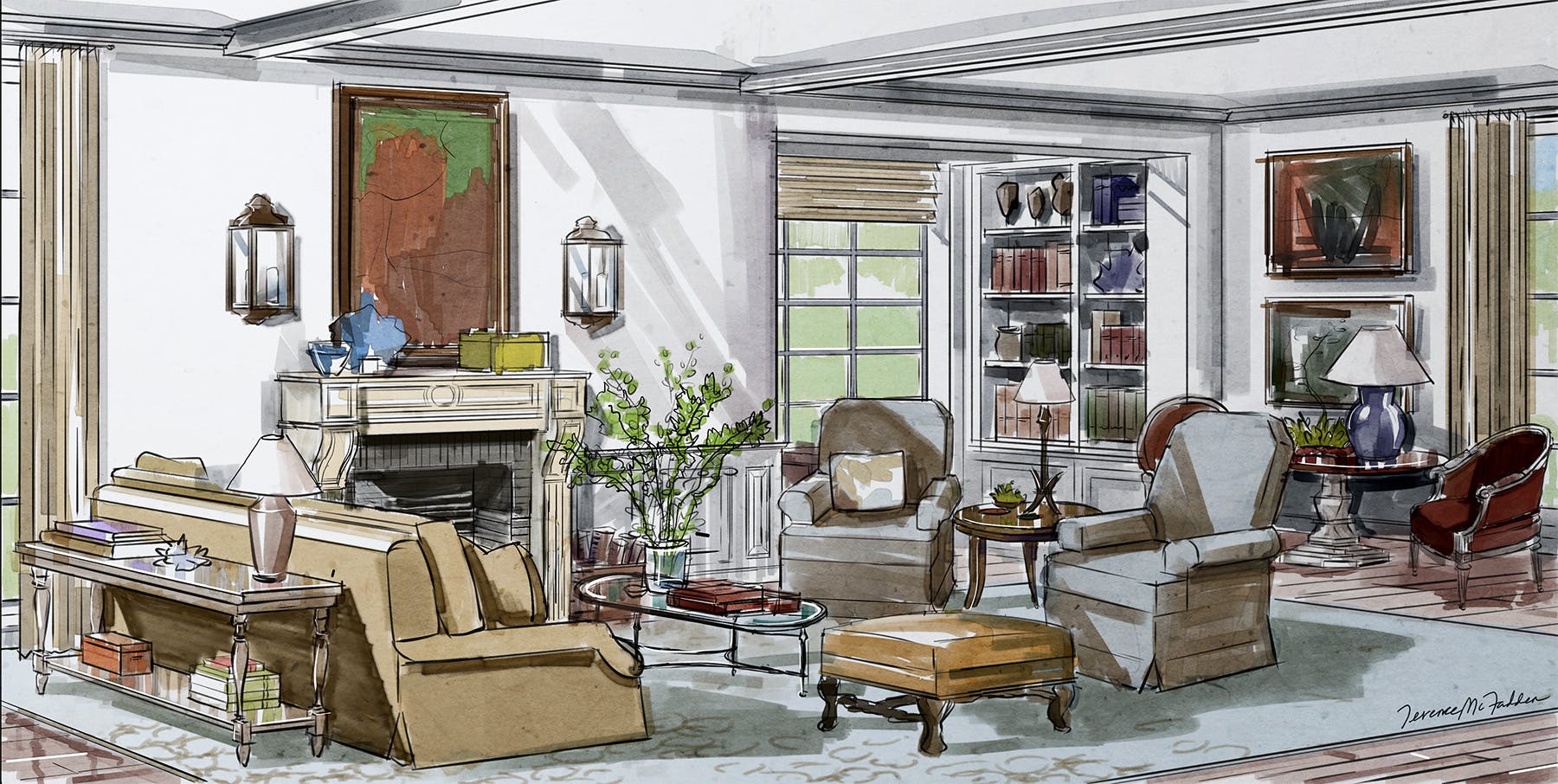
I usually start all designs or illustrations with certain “big picture” questions for the Client, Project Manager or Art Director:
Then I’ll ask for details, for any scripts or treatments, sketches, preliminary drawings, or mood boards that the collaborators may have already created.
Also, I need to know what the project milestones and deadlines are. (With proper planning, I can work with any schedule!)
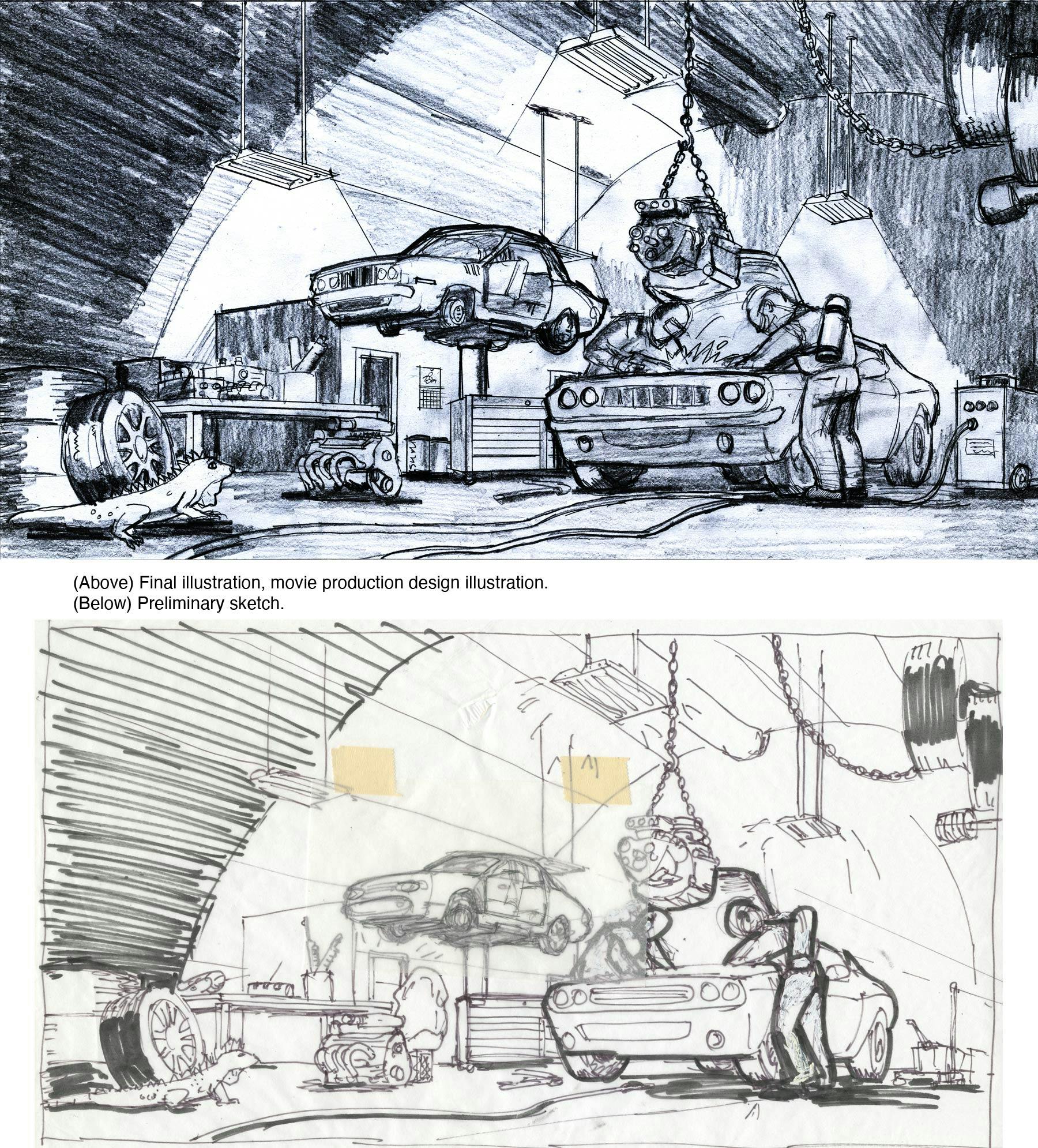
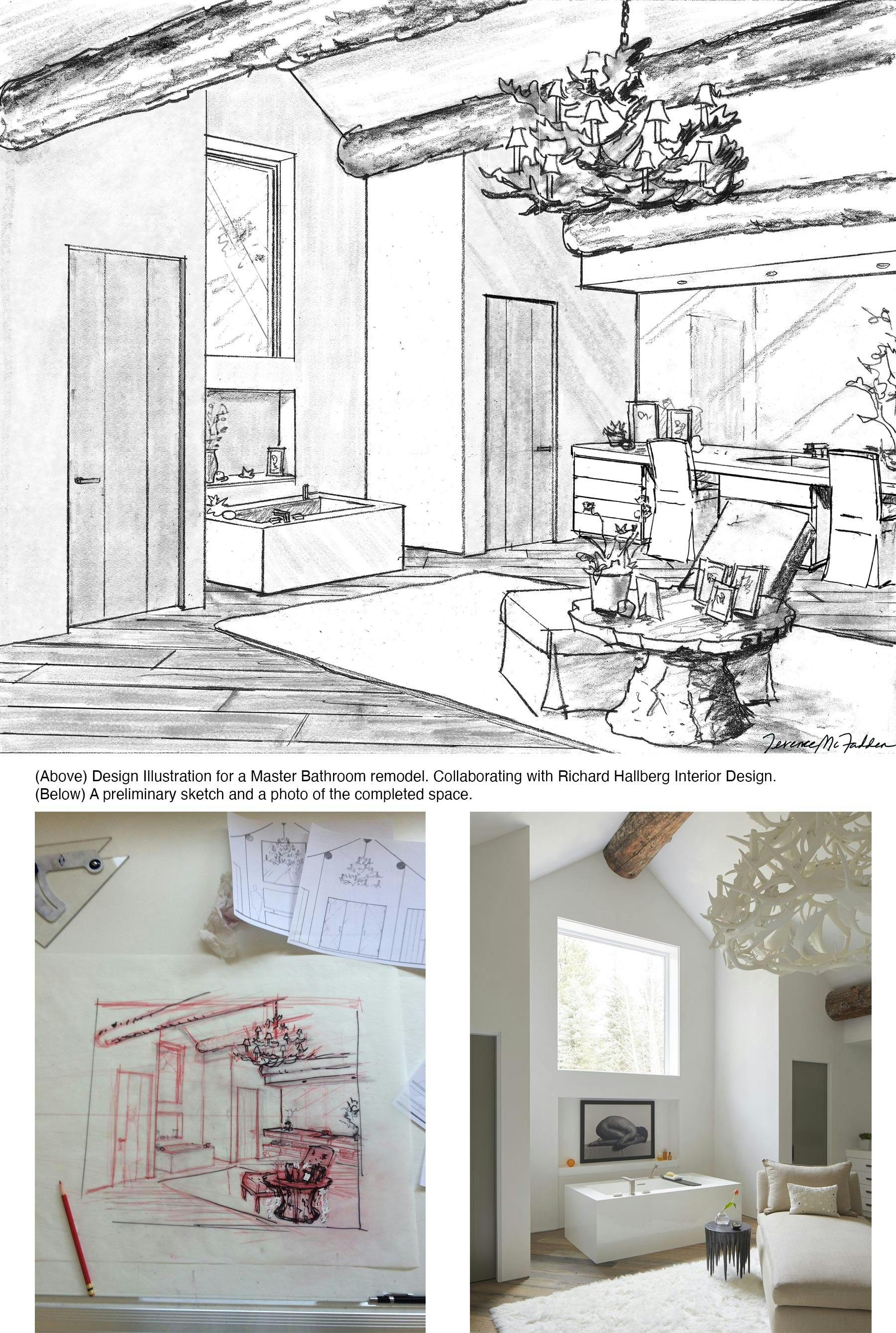
I make sure I understand what the project goals are then I keep asking questions. Sometimes my questions help the team define their objectives and vision. Then I prioritize the most important issues to get to the desired outcome.
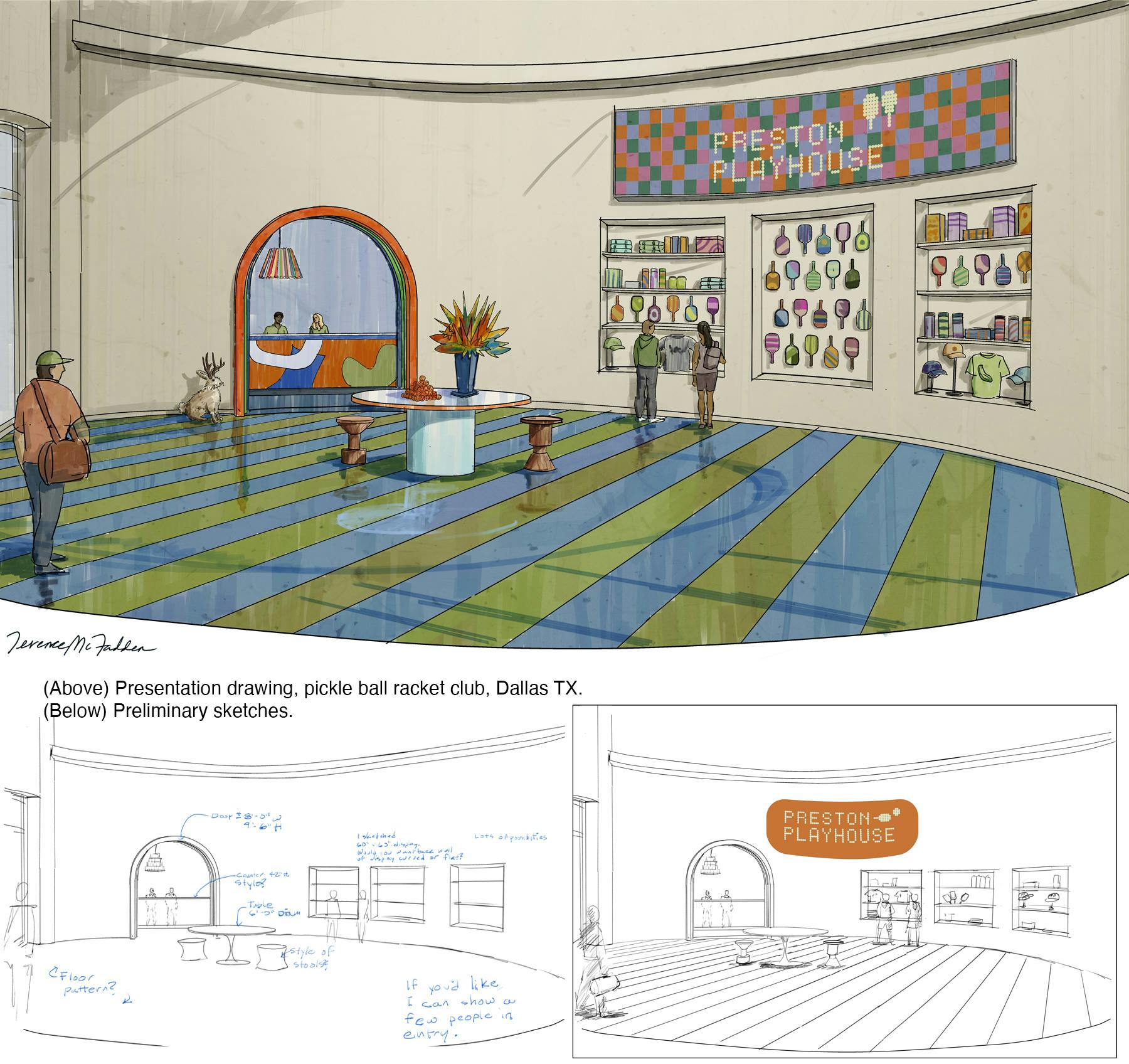
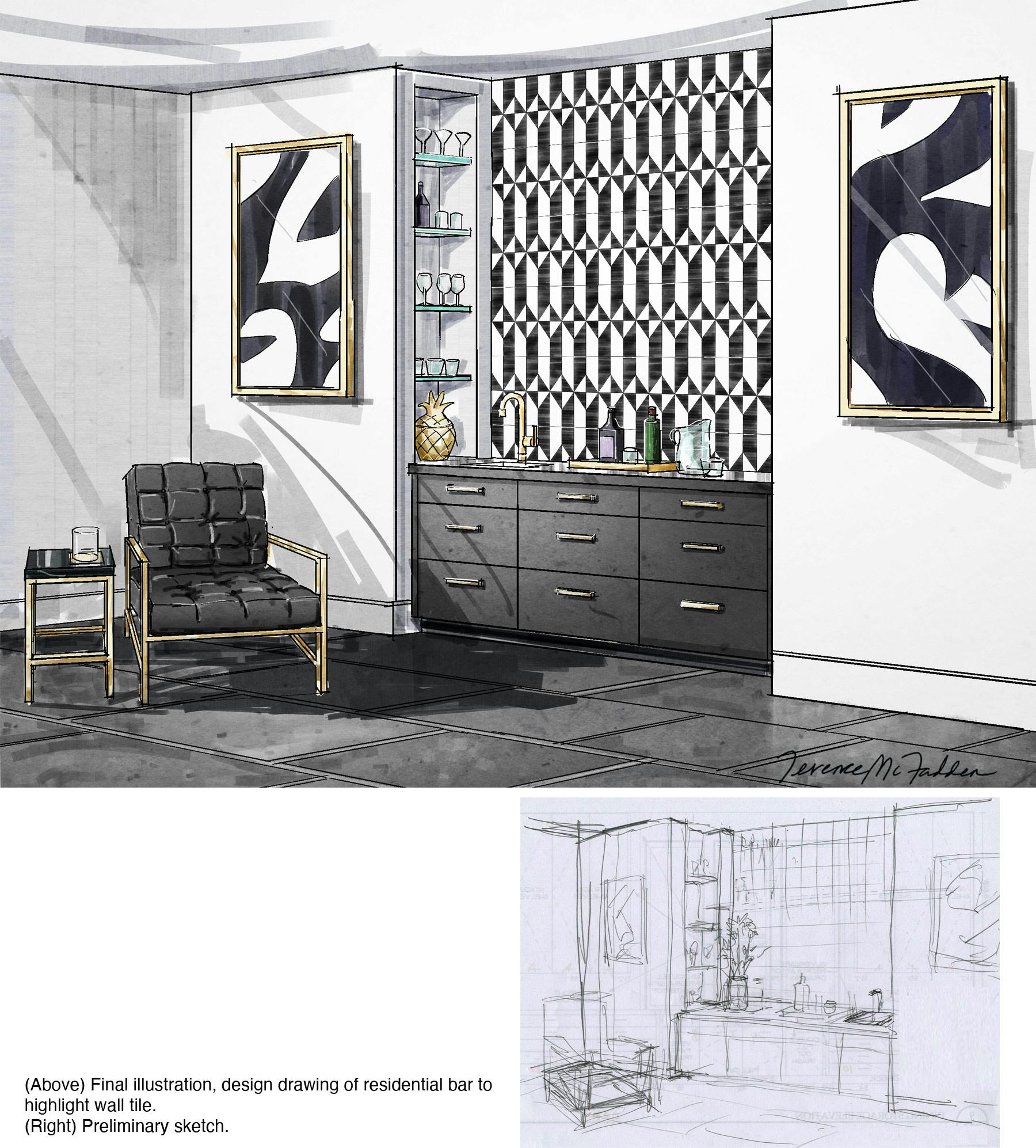
Every project has its own personality, and that personality guides my aesthetic direction. The mood boards or even verbal descriptions provided by a Client or a Design Director may guide my aesthetic direction. Additional inspiration can come from many sources—the other talented Creatives at Laetro can inspire new aesthetic directions! Also, I have a large library of art and design books I can draw from.
During the review process, I will check to make sure the team agrees on the aesthetic direction.
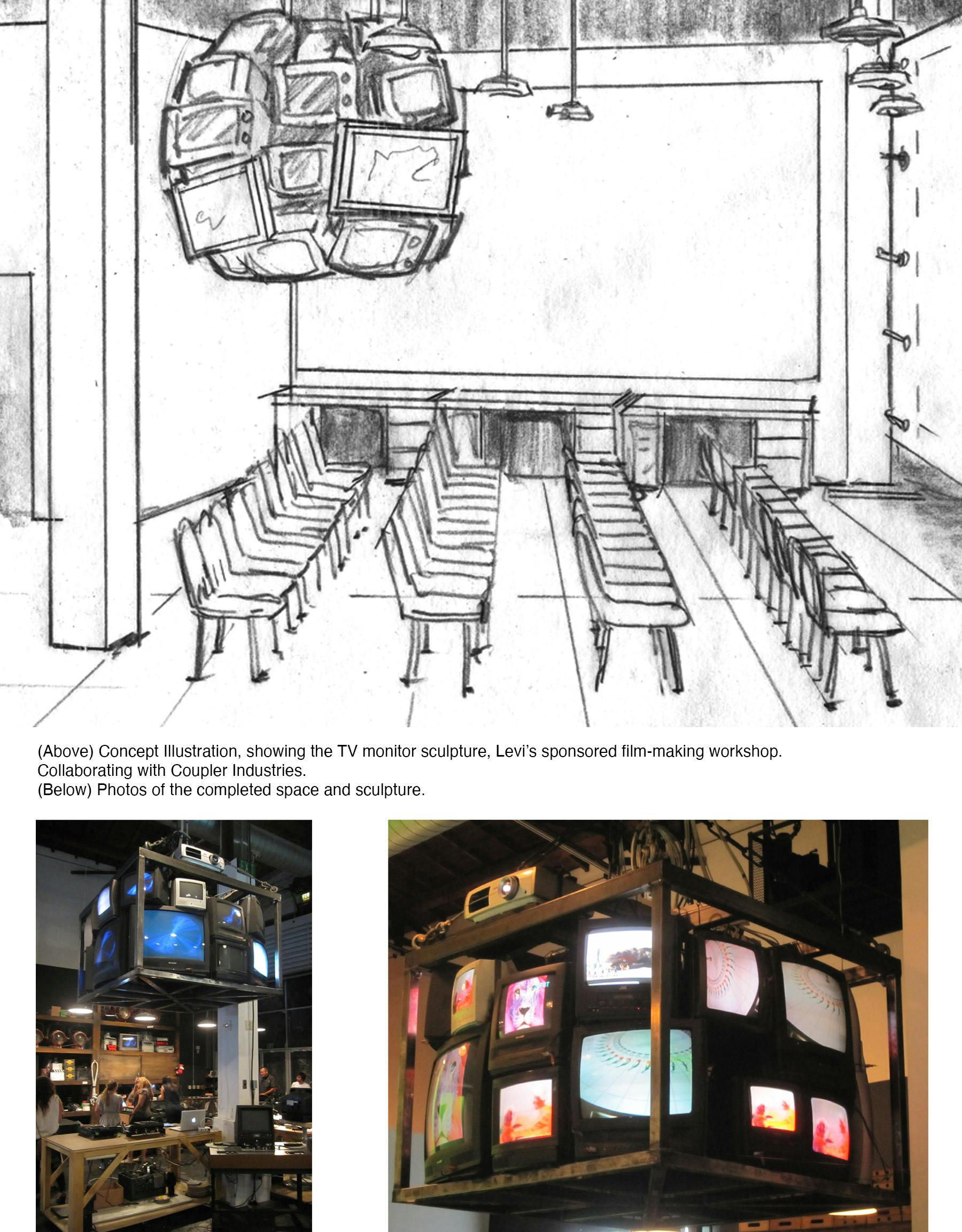
I try to bring a unique perspective to a project, while grounding the design in the project requirements. My illustrations have a winning, friendly hand-drawn quality, which tends to have a universal appeal.

I’m fortunate to work in a field I love and in a time where technology allows me to work from anywhere. Because I have fun as a designer and illustrator, my career has never felt like a burden pulling me away from “life.”
Then, I stay organized and on top of the project’s priorities and milestones and work towards them with focus, so I don’t feel overwhelmed.
That said, we all need take breaks during the day, whether it’s a quick stretch break or walk to the supermarket, to stay healthy and return to the project revitalized and with new perspectives. Having “fresh eyes” allows me to add vitality and refinement to a project.
Moreover, as an illustrator I can take trips that combine family togetherness with creative development. When you travel you get to experience new places, ideas, and perspectives, and those experiences feed your creativity.
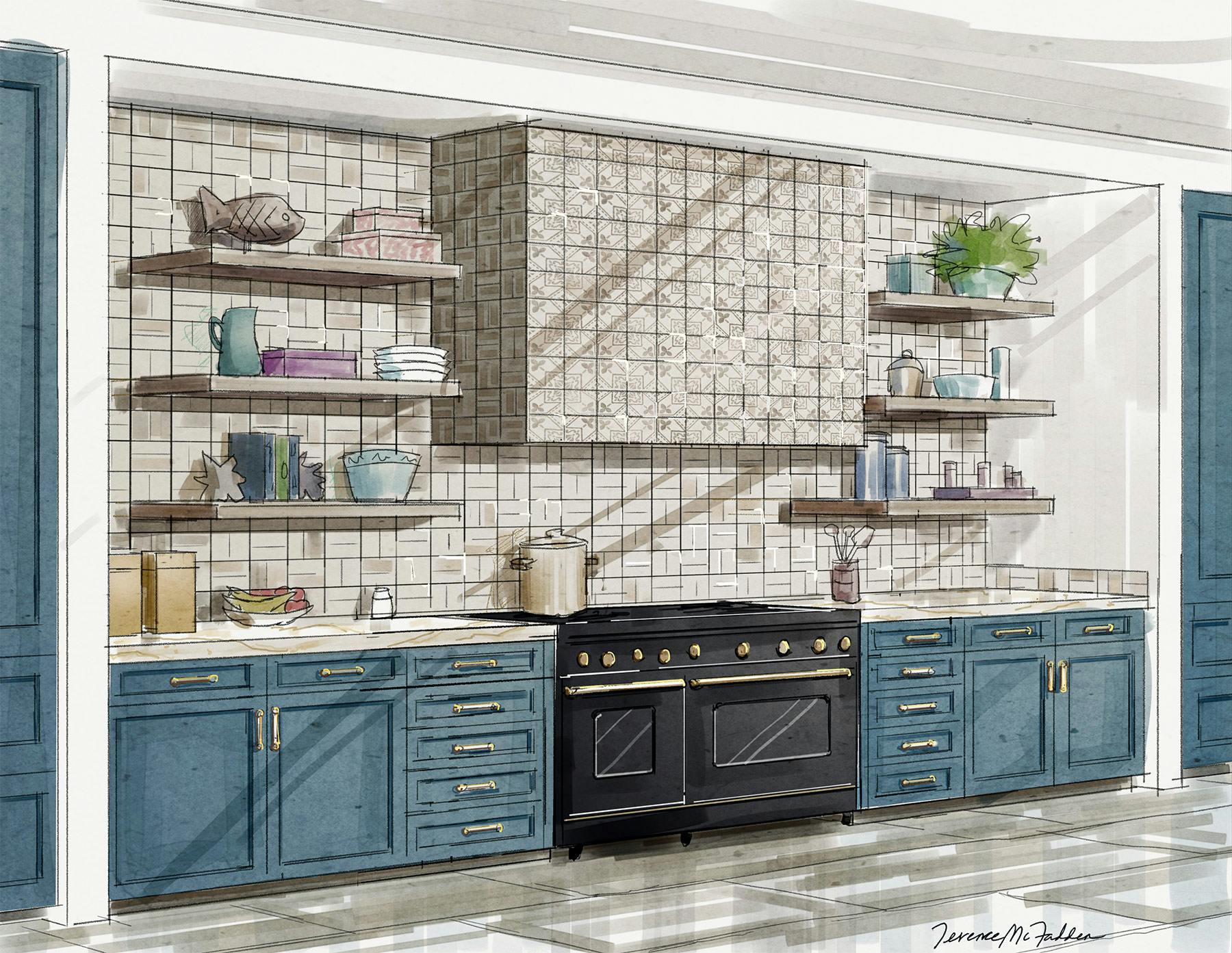
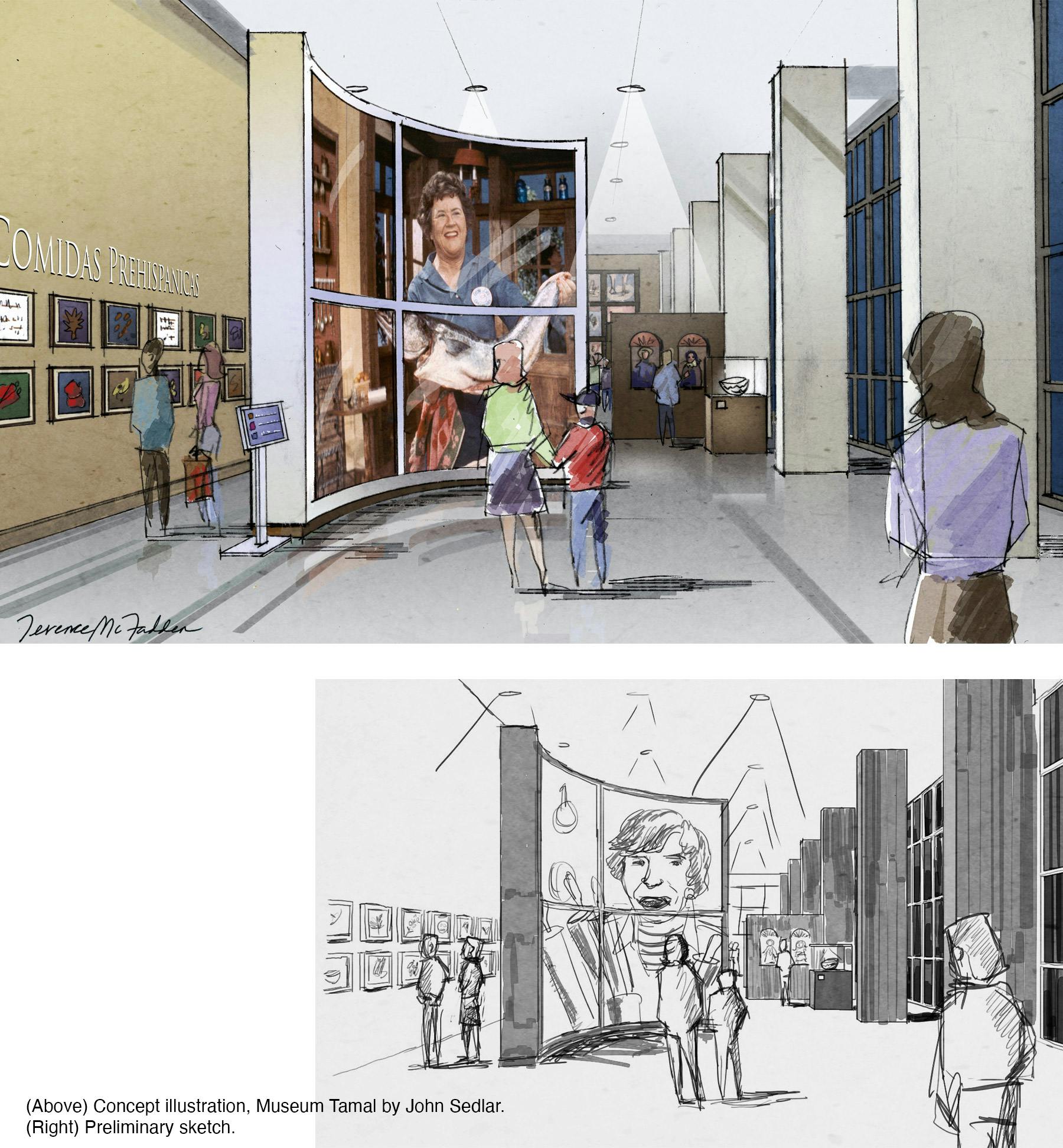
Being successful at work comes from working and developing as a team. I will always have my own ideas about a project, but the work succeeds due to multiple perspectives.
